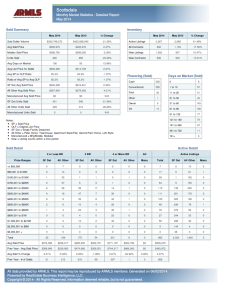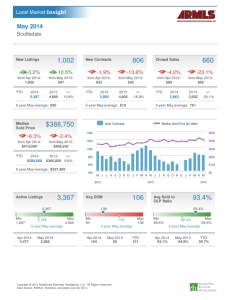 By Joe Szabo, Scottsdale Real Estate Team
As the real estate market begins to perk up, many people find themselves in a good position to start looking for a home. Even though interest rates continue to hover at the lower end of the spectrum, shopping for a mortgage is still a tricky process, especially if you’re doing it for the first time. But don’t fret. These seven steps will help you navigate the treacherous waters of mortgage shopping, and they’ll save you time and money in the process.
By Joe Szabo, Scottsdale Real Estate Team
As the real estate market begins to perk up, many people find themselves in a good position to start looking for a home. Even though interest rates continue to hover at the lower end of the spectrum, shopping for a mortgage is still a tricky process, especially if you’re doing it for the first time. But don’t fret. These seven steps will help you navigate the treacherous waters of mortgage shopping, and they’ll save you time and money in the process.
1. Have your credit report ready
Lenders use your credit score as one of the major factors in determining if you will get approved for a loan, as well as what kind of interest rates you qualify for. That is why it’s important to review your report at least once a year to make sure everything is in order. If there are any errors that affect your credit score, you could be missing out on a few points here and there that will make a huge difference when you walk into a loan office. Interest rates could skyrocket, or you could even be denied a loan if your score is lacking. If you can, try to get a credit report at least six months prior to applying for a loan. You will have time to review it and get in touch with a credit agency if you find any errors. You also can use this time to start sprucing your score up a bit by avoiding big purchases that put your finances in jeopardy and not opening up any more lines of credit.
If you can, try to get a credit report at least six months prior to applying for a loan. You will have time to review it and get in touch with a credit agency if you find any errors. You also can use this time to start sprucing your score up a bit by avoiding big purchases that put your finances in jeopardy and not opening up any more lines of credit.


 *The weekly mortgage rate chart illustrates the average 30-year fixed interest rate in six-hour intervals.
*The weekly mortgage rate chart illustrates the average 30-year fixed interest rate in six-hour intervals.











